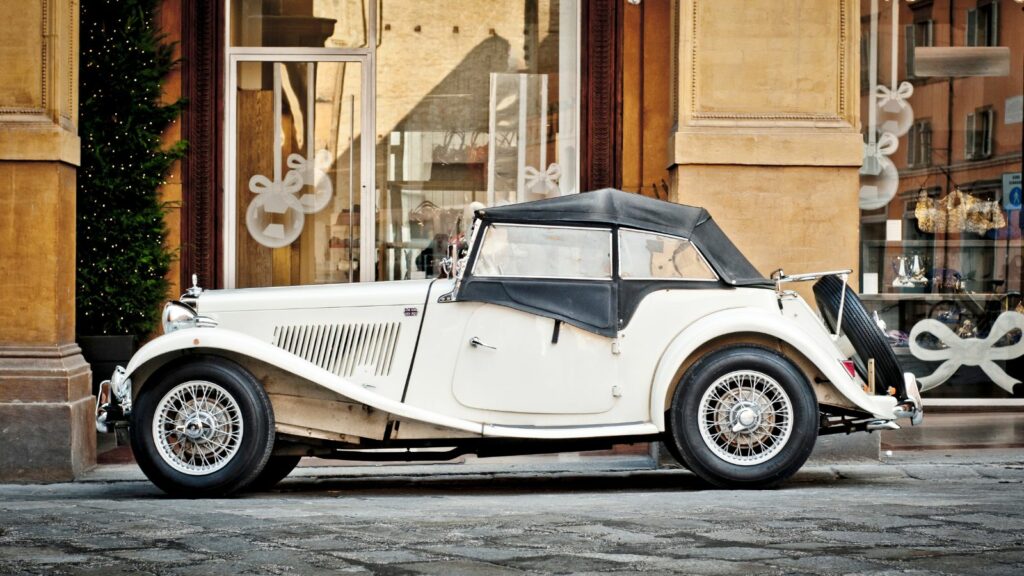When you think of cult classic cars, names like the DeLorean or the Volkswagen Bus might pop into your head. But beyond these famous icons lies a trove of lesser-known gems that have captivated a devoted following. Here are 17 lesser-known cars that became cult classics.
AMC Pacer
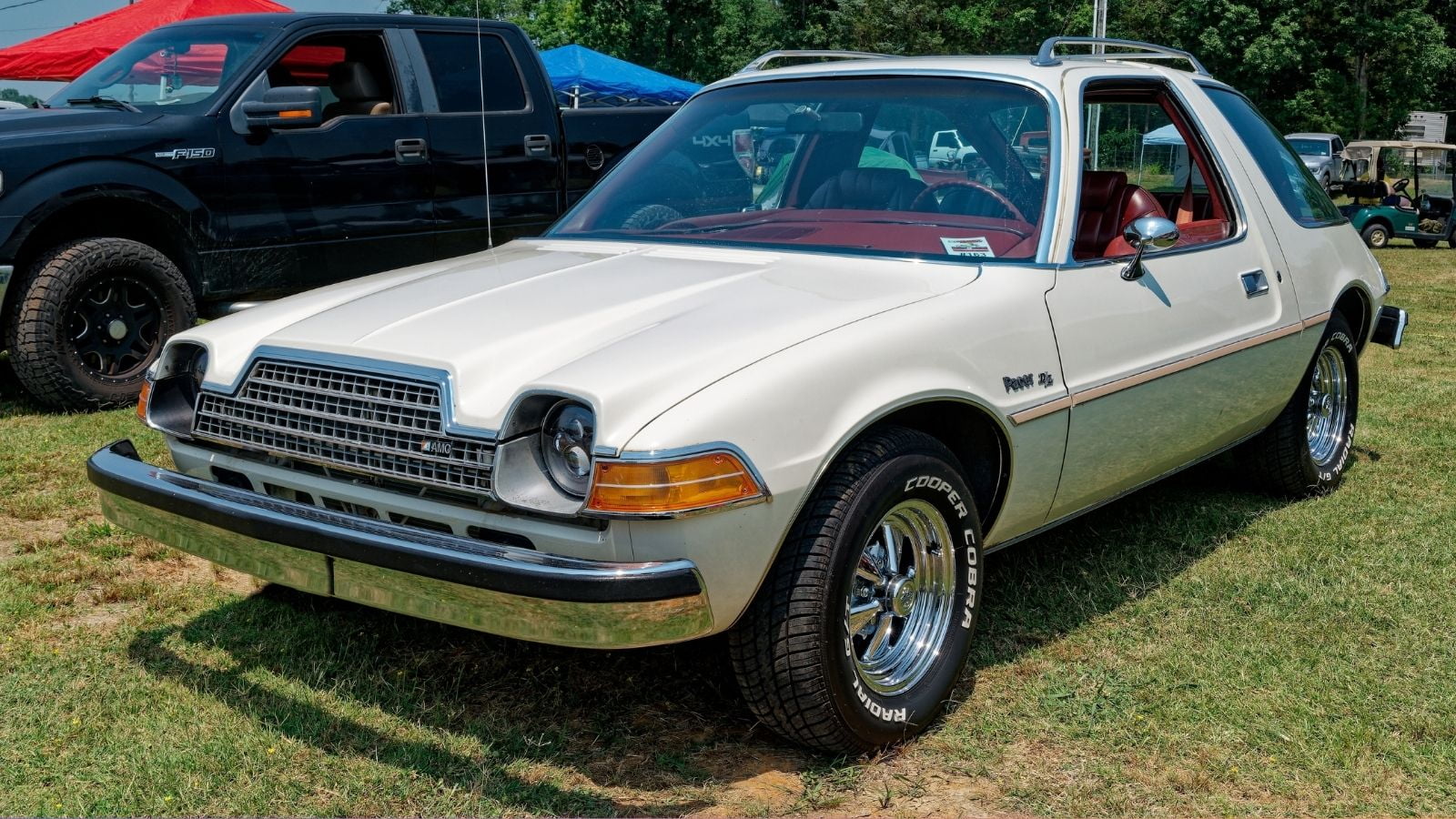
The AMC Pacer, often called the “fishbowl” due to its expansive glass area, is a car that screams 1970s kitsch. Introduced in 1975, this compact car was ahead of its time with its wide-body design and emphasis on passenger comfort. Despite being mocked for its unconventional looks, the Pacer has found a loyal fanbase who adore its unique charm. Its starring role in the movie “Wayne’s World” only cemented its status as a cult icon.
Subaru BRAT
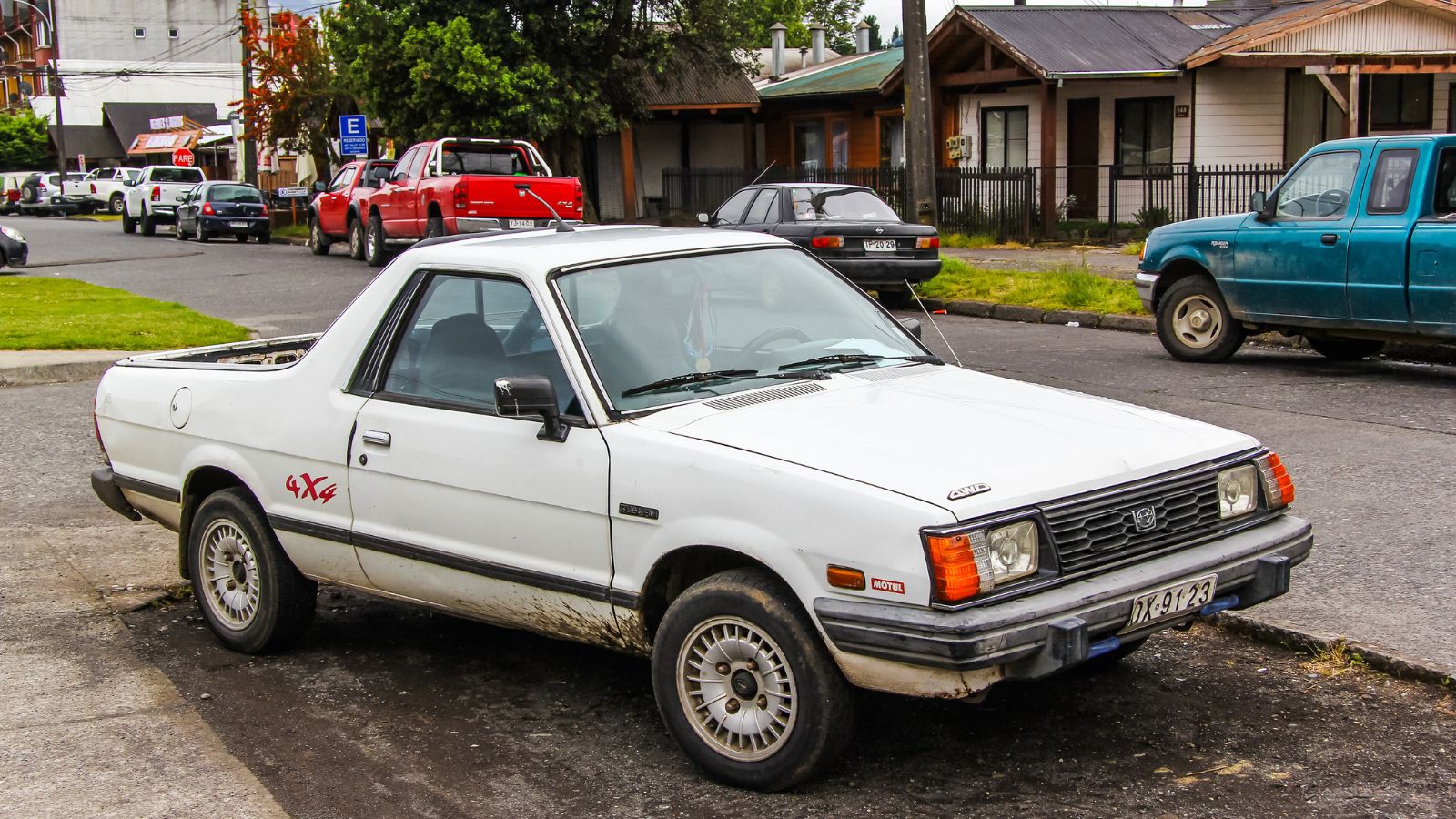
The Subaru BRAT (Bi-drive Recreational All-terrain Transporter) was Subaru’s answer to the question nobody asked: What if you put rear-facing seats in the bed of a compact pickup? Produced from 1978 to 1994, the BRAT featured all-wheel drive and an undeniably quirky design. The rear-facing seats were a loophole to avoid the “chicken tax,” a tariff on imported trucks. This oddball vehicle has since become a beloved symbol of Subaru’s offbeat spirit.
Citroën DS
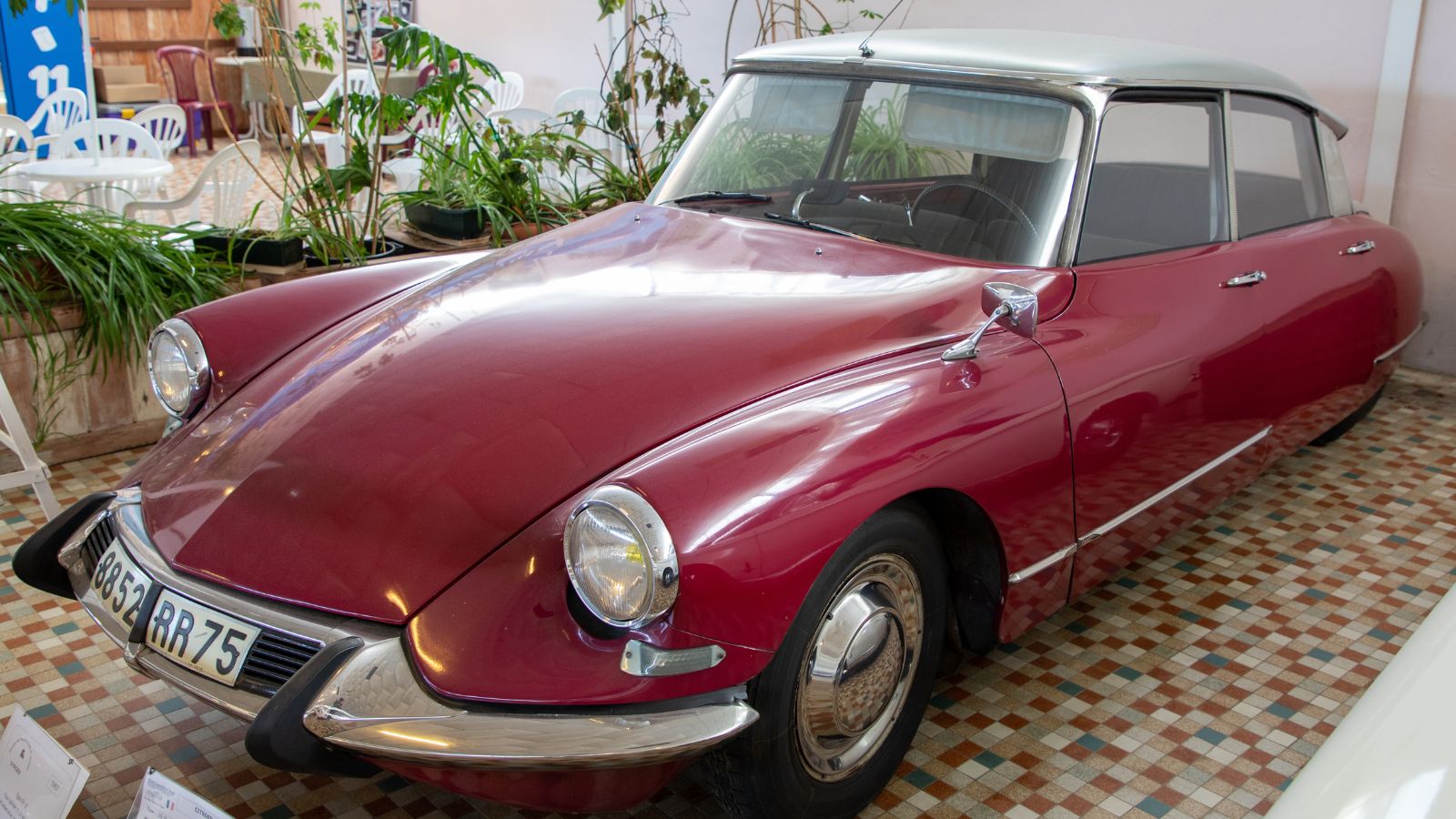
Introduced in 1955, the Citroën DS looked like it had been beamed down from the future. With its aerodynamic design, hydropneumatic suspension, and swiveling headlights, the DS was a technological marvel. Despite initial skepticism, the car garnered a passionate following, especially in Europe. Its blend of style and innovation has made it a timeless classic cherished by collectors and enthusiasts.
Saab 900 Turbo
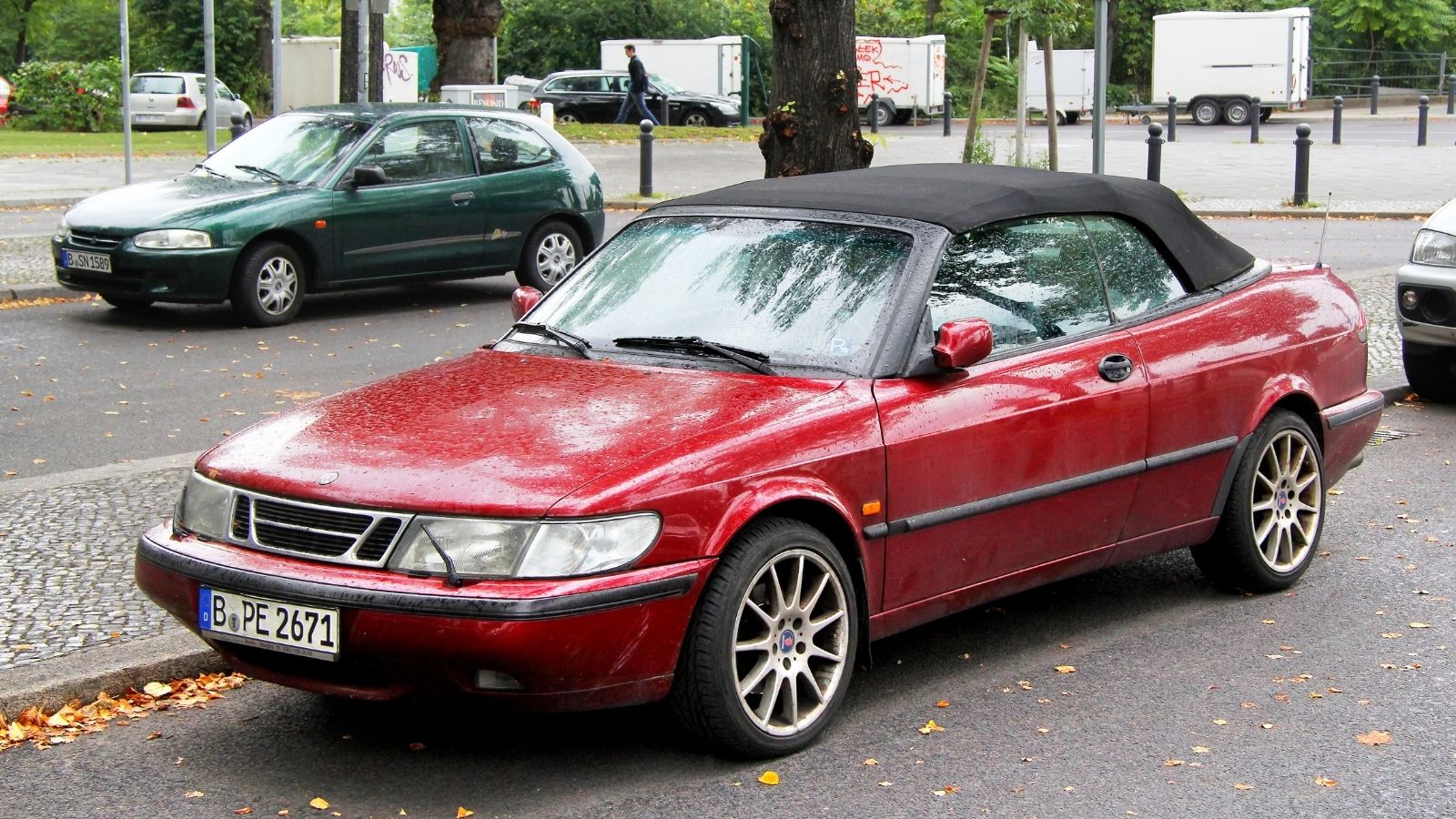
Saab’s 900 Turbo, produced from 1978 to 1998, is the quintessential “quirky cool” car. With its distinctive profile, wraparound windshield, and turbocharged engine, the 900 Turbo quickly developed a cult following. Known for its safety features and quirky Swedish engineering, this car became a favorite among intellectuals, artists, and anyone who wanted to make a statement on the road.
De Tomaso Pantera
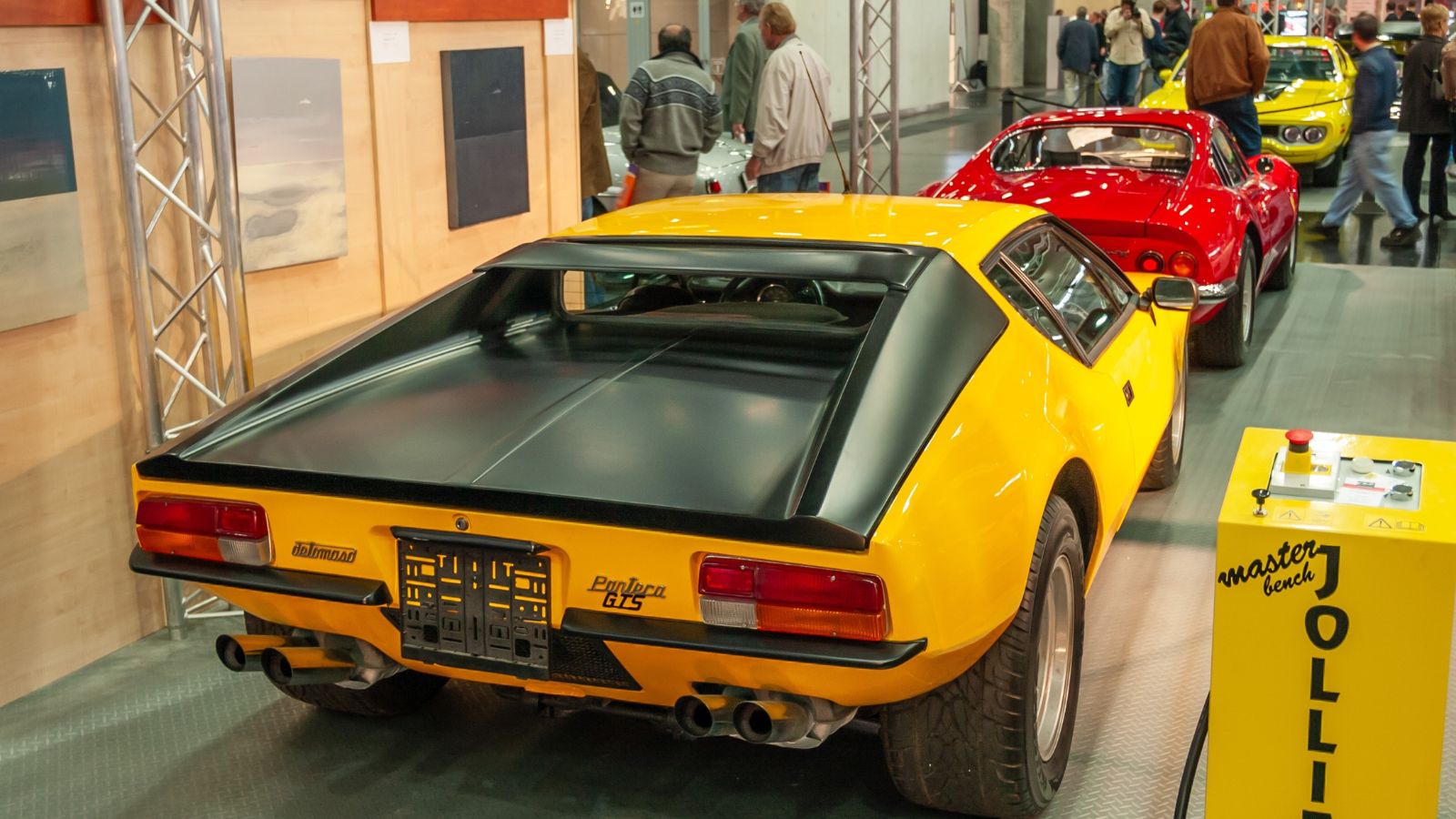
The De Tomaso Pantera, produced from 1971 to 1992, blends Italian design and American muscle. Designed by Tom Tjaarda at Ghia, it featured a low, wedge-shaped body with sharp lines and aggressive styling. Its mid-engine layout housed a powerful Ford 351 Cleveland V8 engine, delivering around 330 horsepower and enabling a top speed of over 150 mph. Though it has yet to reach the mainstream success of its contemporaries, the Pantera has earned a dedicated following that appreciates its raw power and unique pedigree.
Renault 5 Turbo
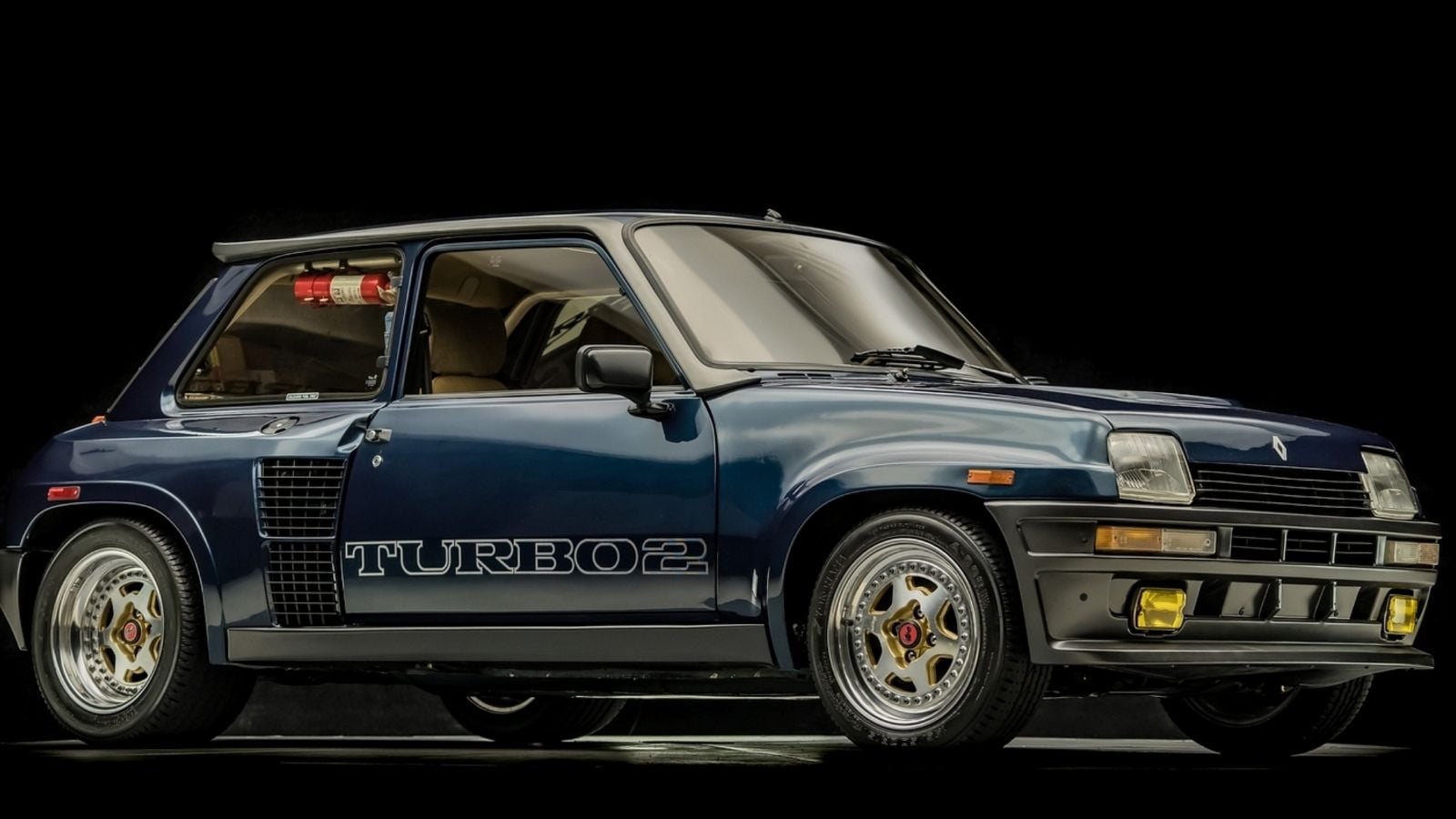
The Renault 5 Turbo stands out as a wild child in hot hatches. Introduced in 1980, this mid-engine, turbocharged pocket rocket found its way onto public roads. Its wide, flared wheel arches, aggressive front fascia, and functional rear air intakes gave the Renault 5 Turbo a muscular and dynamic appearance. The car was designed primarily for rallying, where it achieved significant success, including victories in the World Rally Championship. Today, it remains a favorite among rally enthusiasts and those who love a bit of French flair.
Lancia Delta Integrale
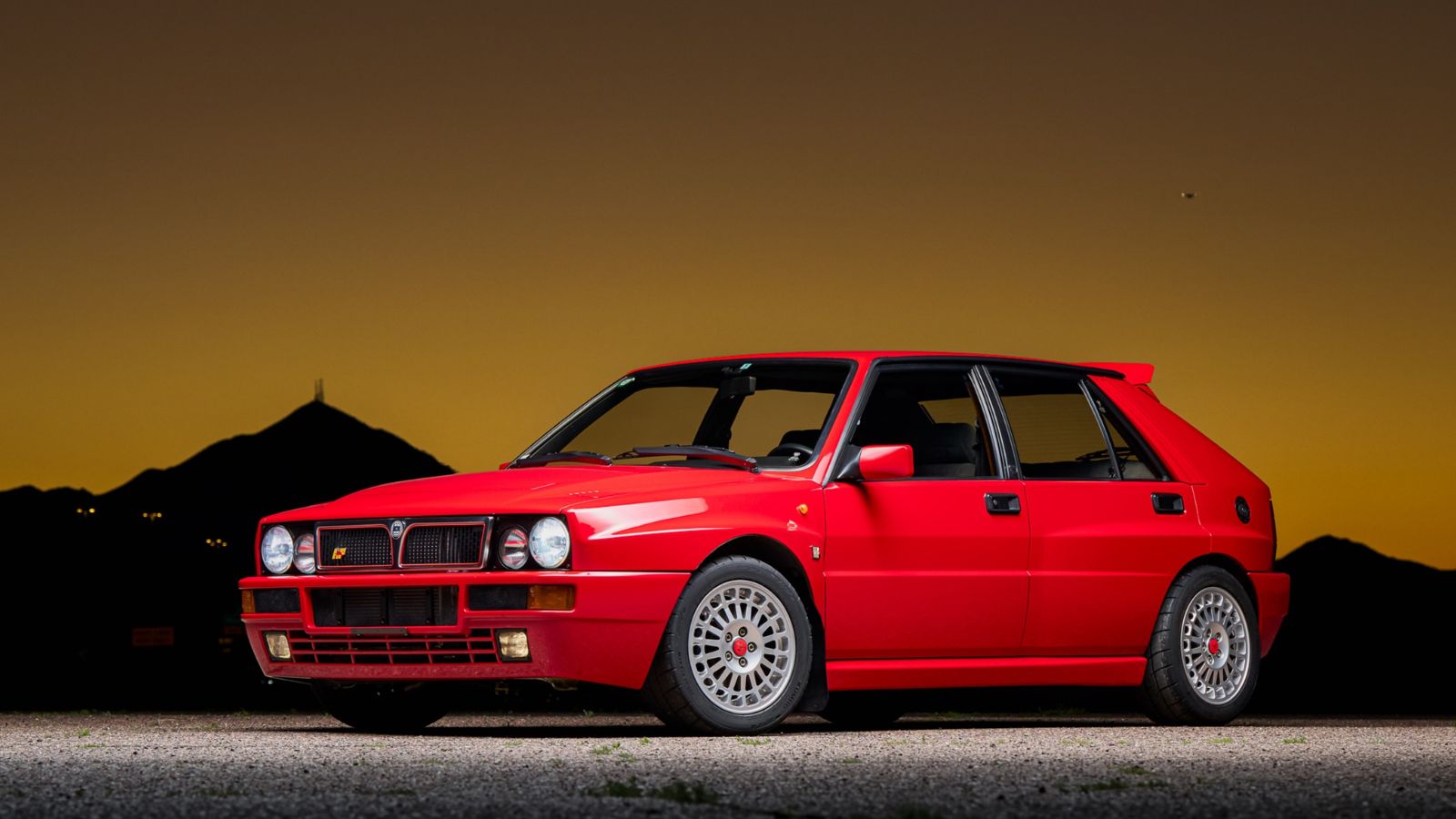
Lancia’s Delta Integrale is a name that commands respect in the rally world. Produced from 1979 to 1994, the Integrale dominated the World Rally Championship with its turbocharged 2.0-liter inline-four engine, initially producing 185 horsepower and later versions pushing over 200 horsepower. The car’s suspension was finely tuned for rallying, with independent front and rear setups and robust struts to handle rough terrains. Despite Lancia’s departure from the American market, the Integrale’s reputation as a rally legend has made it a sought-after classic among collectors and driving enthusiasts.
Isuzu VehiCROSS

The Isuzu VehiCROSS is a unique and eye-catching SUV known for its bold design and advanced features. It was based on the Isuzu Trooper’s chassis, providing robust off-road capability. The exterior showcased an aggressive and futuristic aesthetic with plastic body cladding, a sloping roofline, and a distinctive “dragon scale” rear door panel. Though it was only produced in limited numbers, its unique design and off-road capability have earned it a loyal fanbase.
Honda CR-X
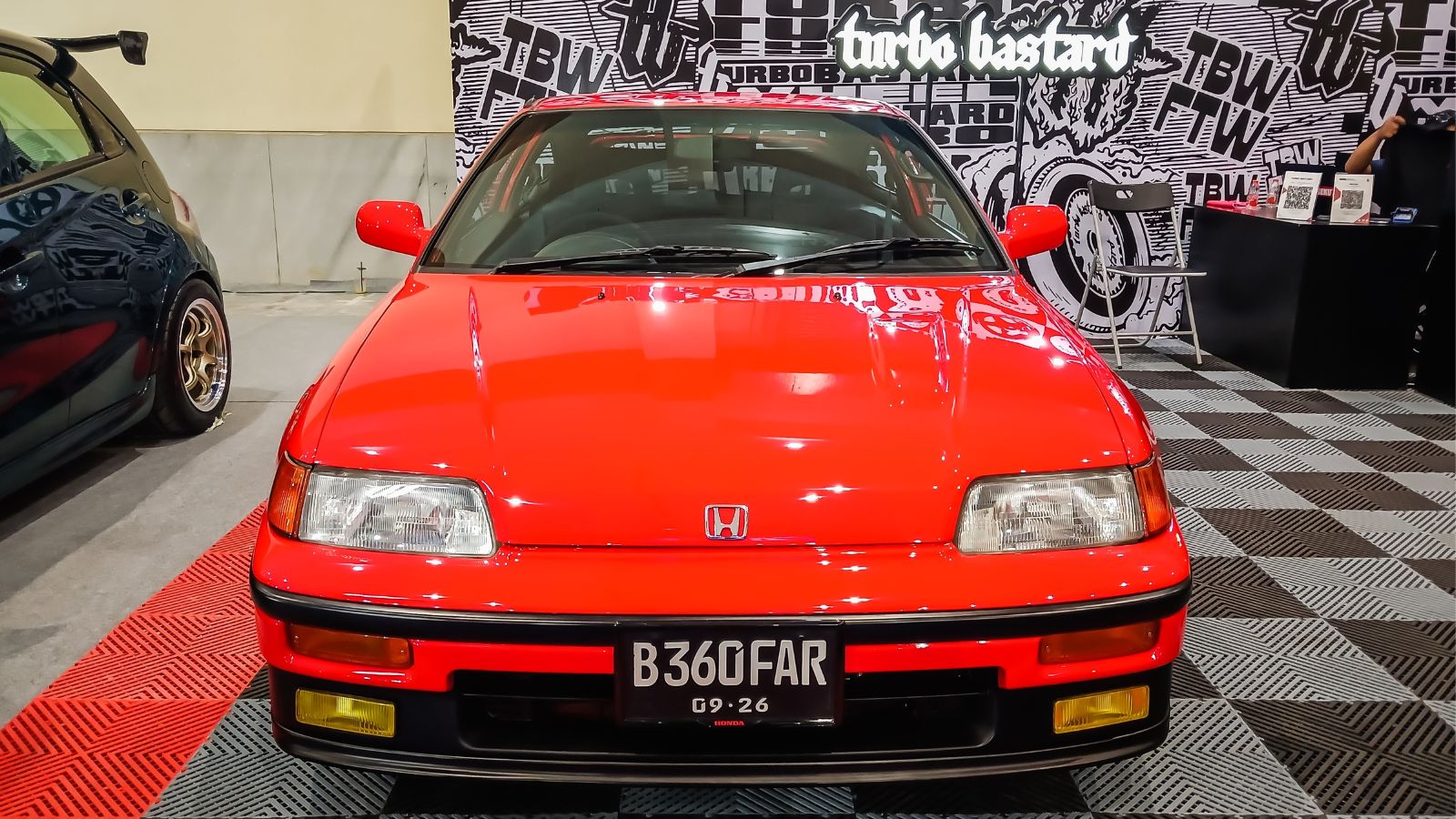
The Honda CR-X, produced from 1983 to 1991, is a compact car packed a big punch. Its design included flush-mounted headlights and improved aerodynamics. It was available with several engine options, the most notable being the 1.6-liter DOHC VTEC engine in the SiR model, producing 158 horsepower, a significant power output for its class. The CR-X also featured an innovative rear suspension system, enhancing stability and ride quality. Its popularity in the tuner community has only grown over the years, solidifying its status as a cult classic.
Mazda RX-7
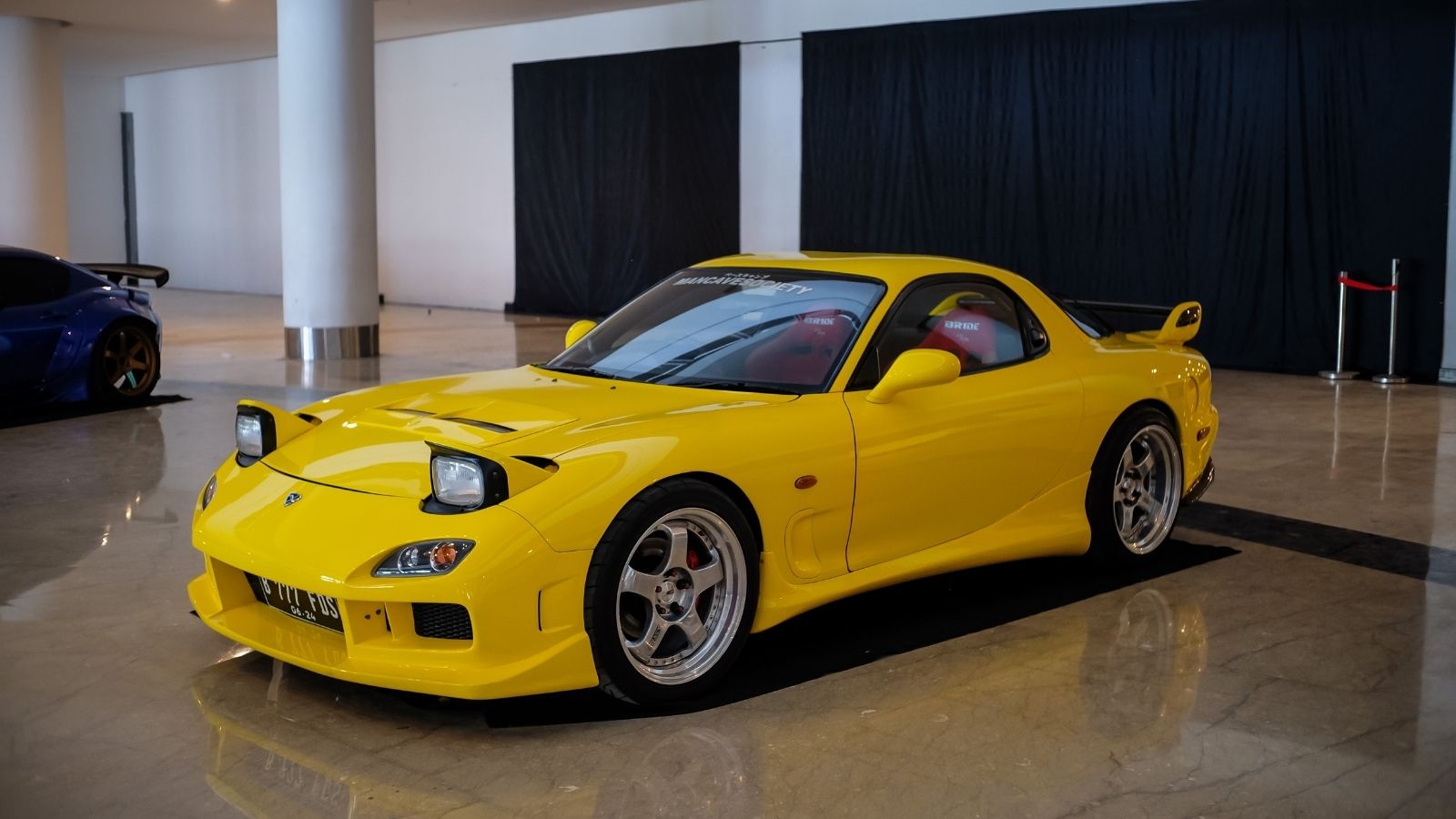
Mazda’s RX-7 is a car that dared to be different. The third-generation RX-7, the FD, is particularly revered for its performance and aesthetics. It showcased a curvaceous, low-slung body and advanced features like the sequential twin-turbo system, which enhanced power delivery. The RX-7’s front-midship engine layout and near-perfect weight distribution provided exceptional handling, making it a favorite among driving enthusiasts. Its 1.3-liter twin-rotor Wankel engine was revolutionary, offering high power output relative to its size, and the RX-7 remains an icon in the automotive world, revered for its unique engineering and timeless design.
Fiat X1/9
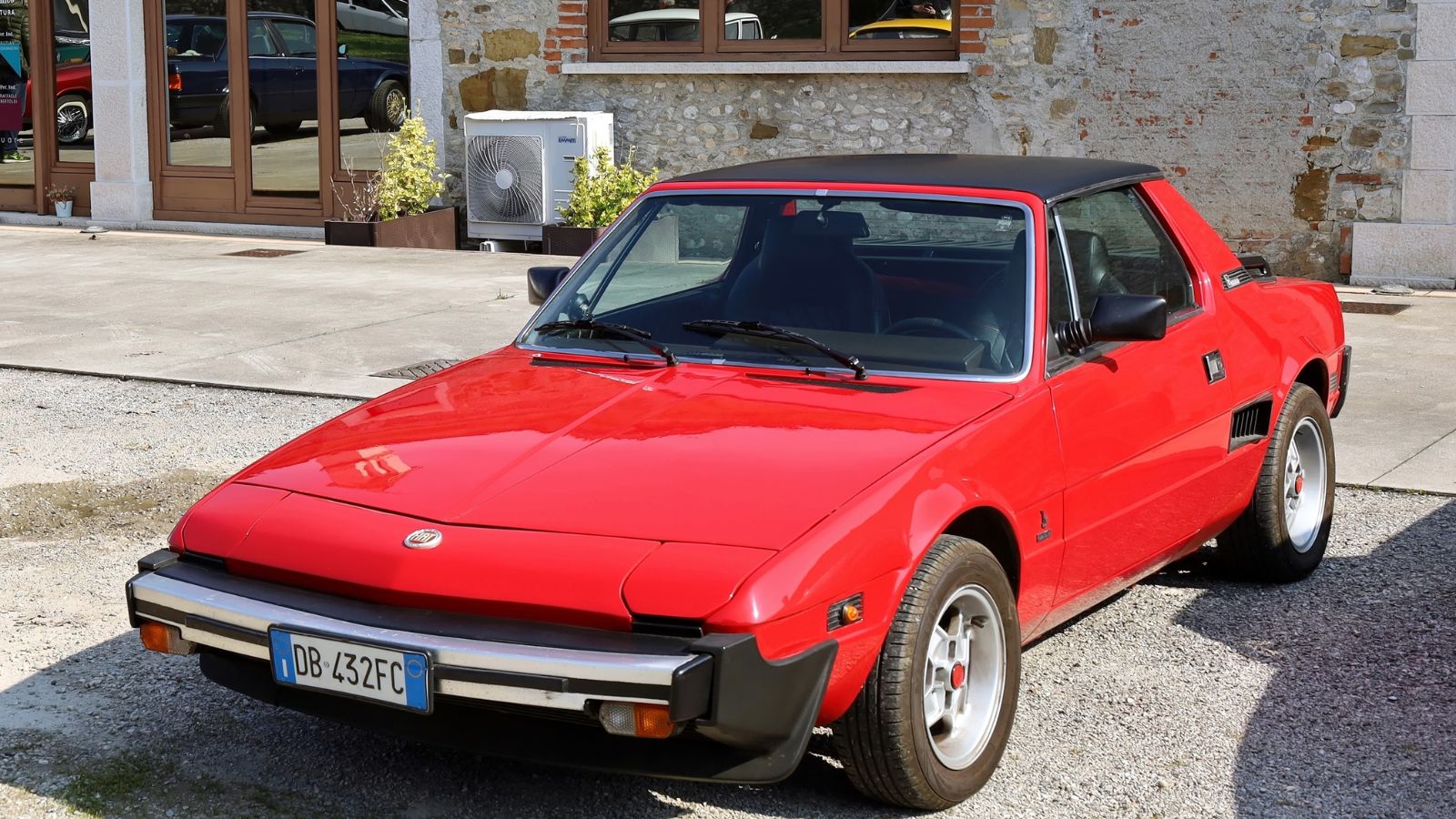
The Fiat X1/9, designed by Bertone, featured a mid-engine layout that provided exceptional balance and handling. It was powered by a 1.3-liter or 1.5-liter inline-four engine, delivering a modest 75 to 85 horsepower. The car’s distinctive wedge-shaped design and low, wide stance contributed to its aerodynamic efficiency and sporty appearance. With its Targa top and sharp handling, the X1/9 was often called a “baby Ferrari.” Though it never achieved mainstream success, its unique combination of style and performance has made it a cherished classic.
Lotus Esprit
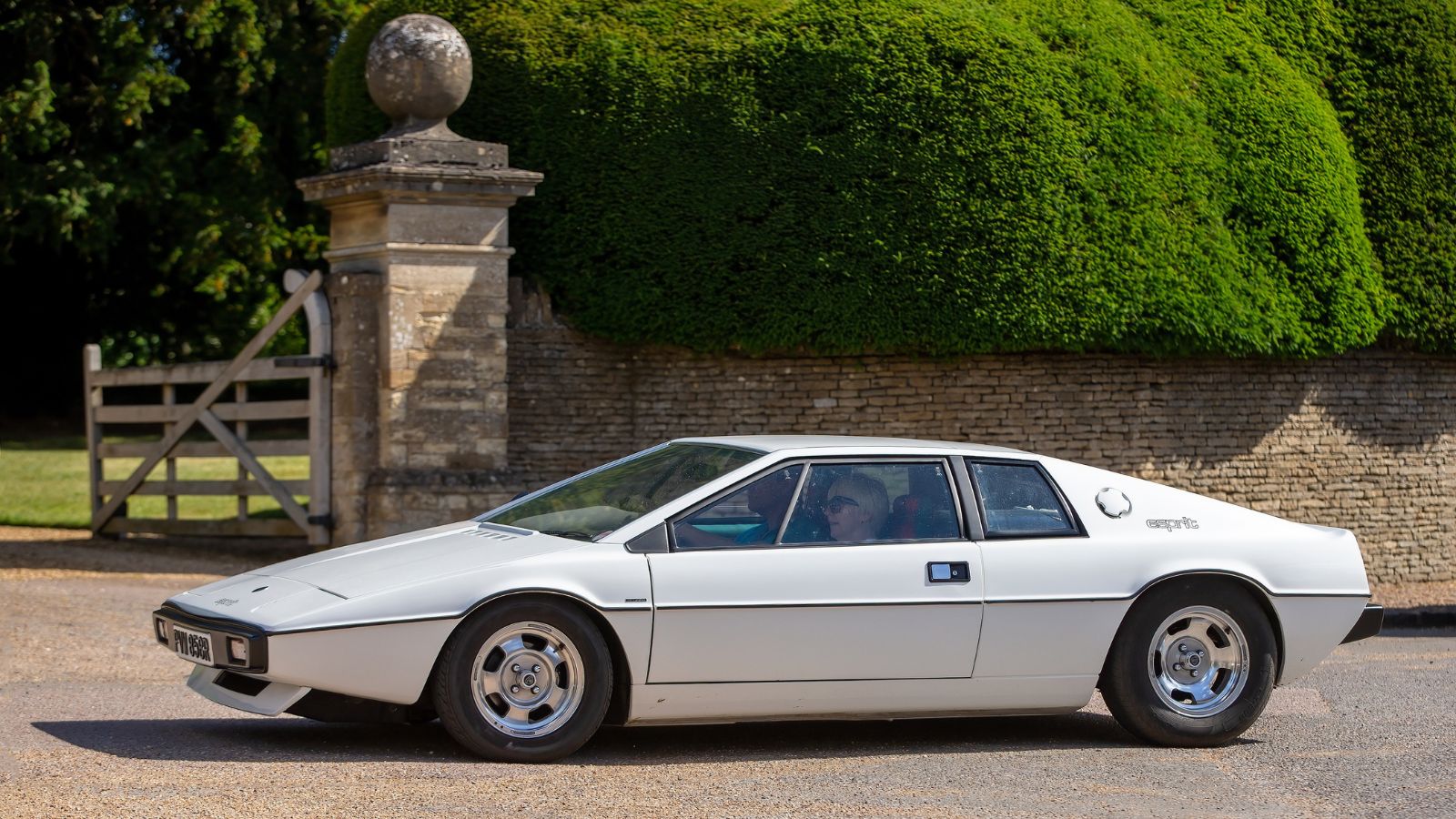
The Lotus Esprit, produced from 1976 to 2004, gained fame as James Bond’s submarine car in “The Spy Who Loved Me.” Beyond its Hollywood credentials, the Esprit was a true driver’s car, offering sharp handling and exotic looks. Its relatively affordable price compared to other supercars of its time made it an attainable dream for many enthusiasts. Today, the Esprit is celebrated for its pure driving pleasure and iconic design.
Plymouth Barracuda
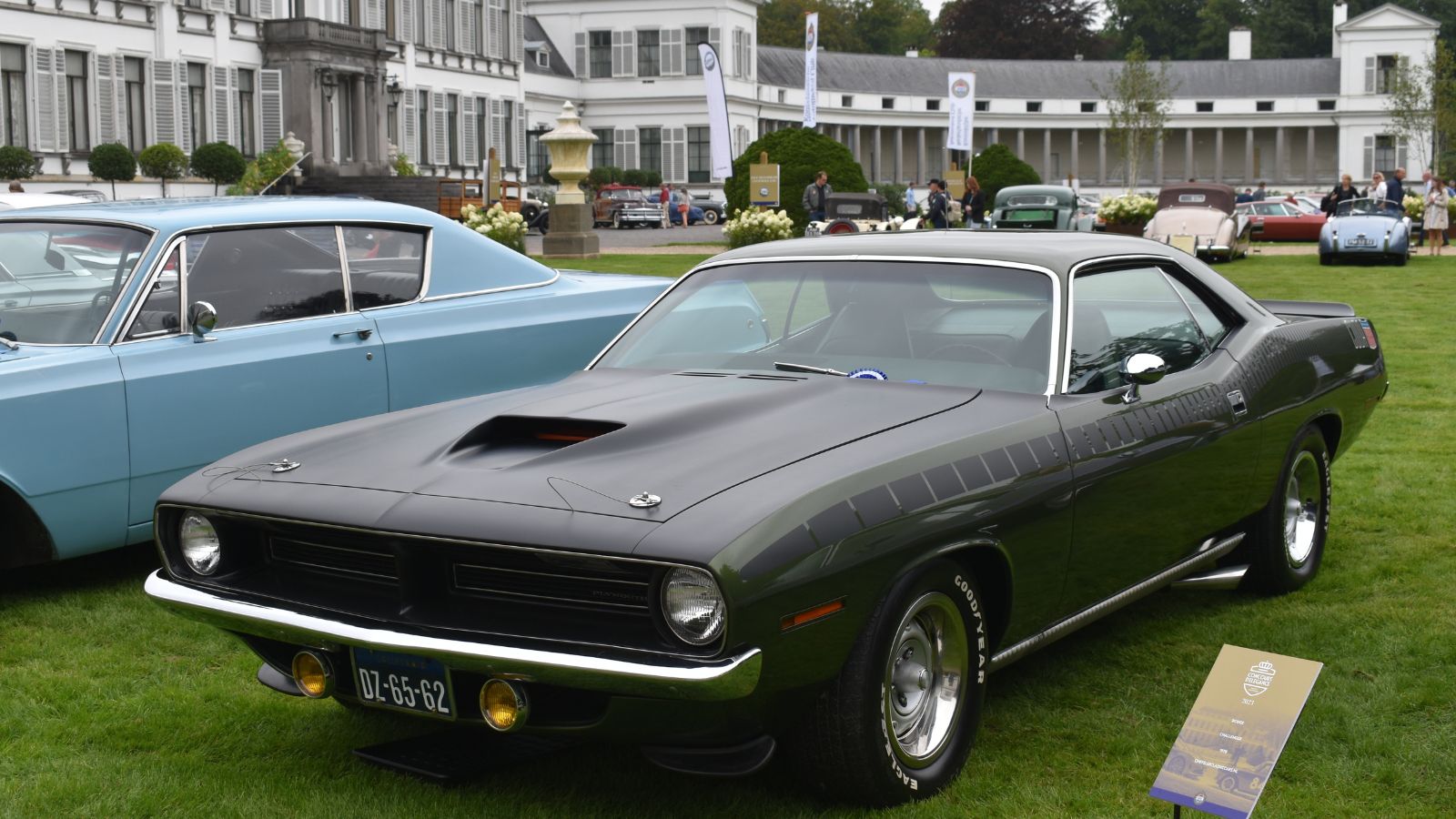
The Plymouth Barracuda often lived in the shadow of more famous muscle cars like the Mustang and Camaro. However, in 1967, the Barracuda was redesigned with a more aggressive look, featuring a new grille and more pronounced body lines. The 1970 model introduced the “Cuda” trim, emphasizing performance with options like the 440 Six Pack and the Hemi V8. Known for its distinctive styling and performance-oriented design, the Barracuda became a symbol of American muscle and remains a cherished possession among enthusiasts.
Alfa Romeo GTV6
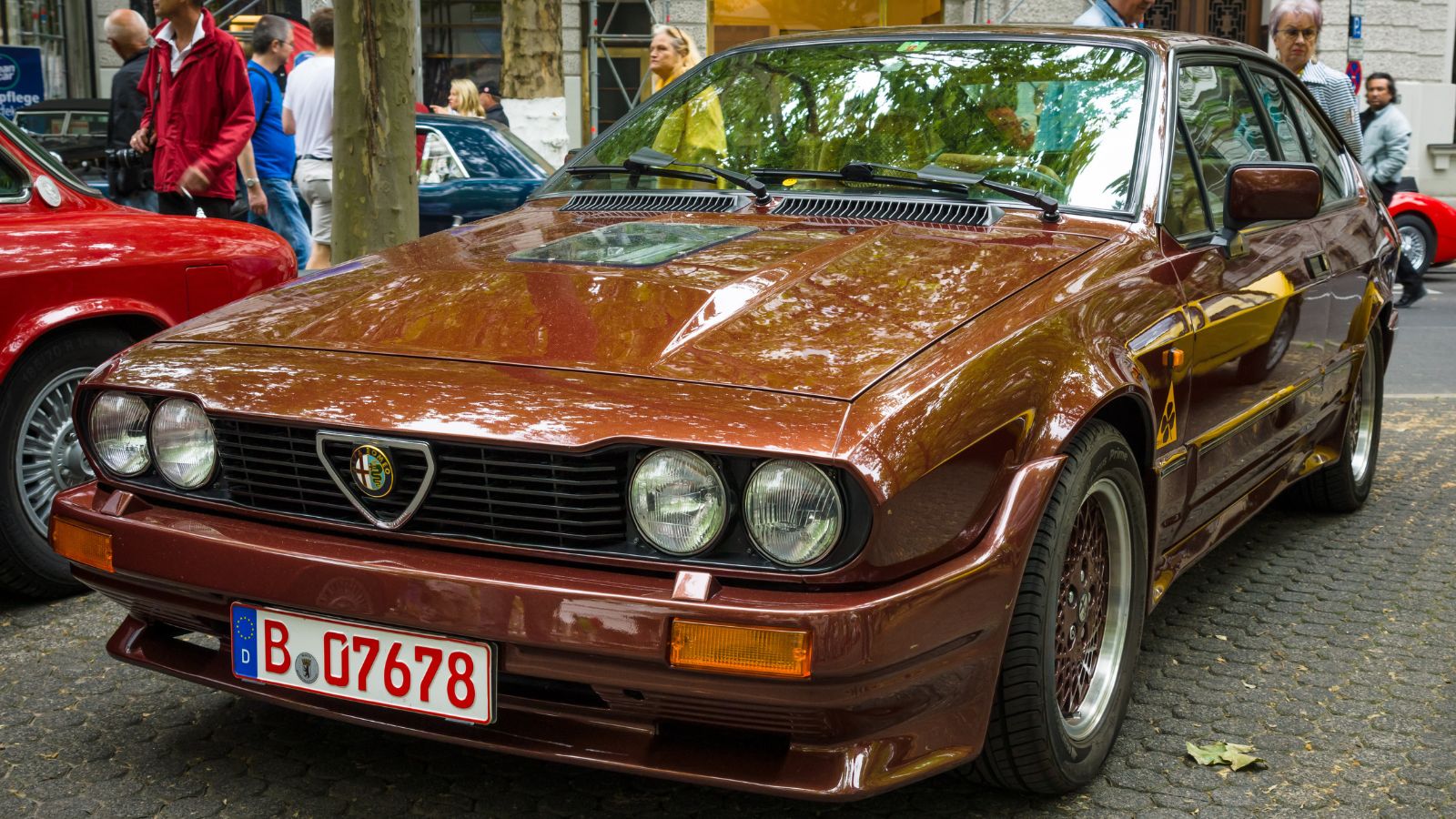
The Alfa Romeo GTV6 combined Italian style with sports car performance. The car’s design included a five-speed manual transmission and a MacPherson strut suspension system, enhancing its driving dynamics. Its interior combines sporty ergonomics, classic Italian flair, supportive bucket seats, and a driver-focused dashboard. The GTV6’s blend of performance, stylish design, and technological innovation made it a notable entry in Alfa Romeo’s lineup, cherished for its driving pleasure and striking looks.
Toyota Supra Mk3

Before the Mk4 Supra became a superstar thanks to “The Fast and the Furious,” the Mk3 Supra represented a significant evolution in the Supra lineage. The 3.0-liter inline-six engine powered it, either the naturally aspirated 7M-GE or the turbocharged 7M-GTE, producing 200 hp. The Mk3 also introduced a multilink rear suspension, enhancing handling and ride quality. Its distinctive pop-up headlights and vast body gave it a sporty appearance, while the cabin boasted advanced features like a digital instrument cluster. Today, this model is celebrated for its balance of performance and comfort.
Volvo 240
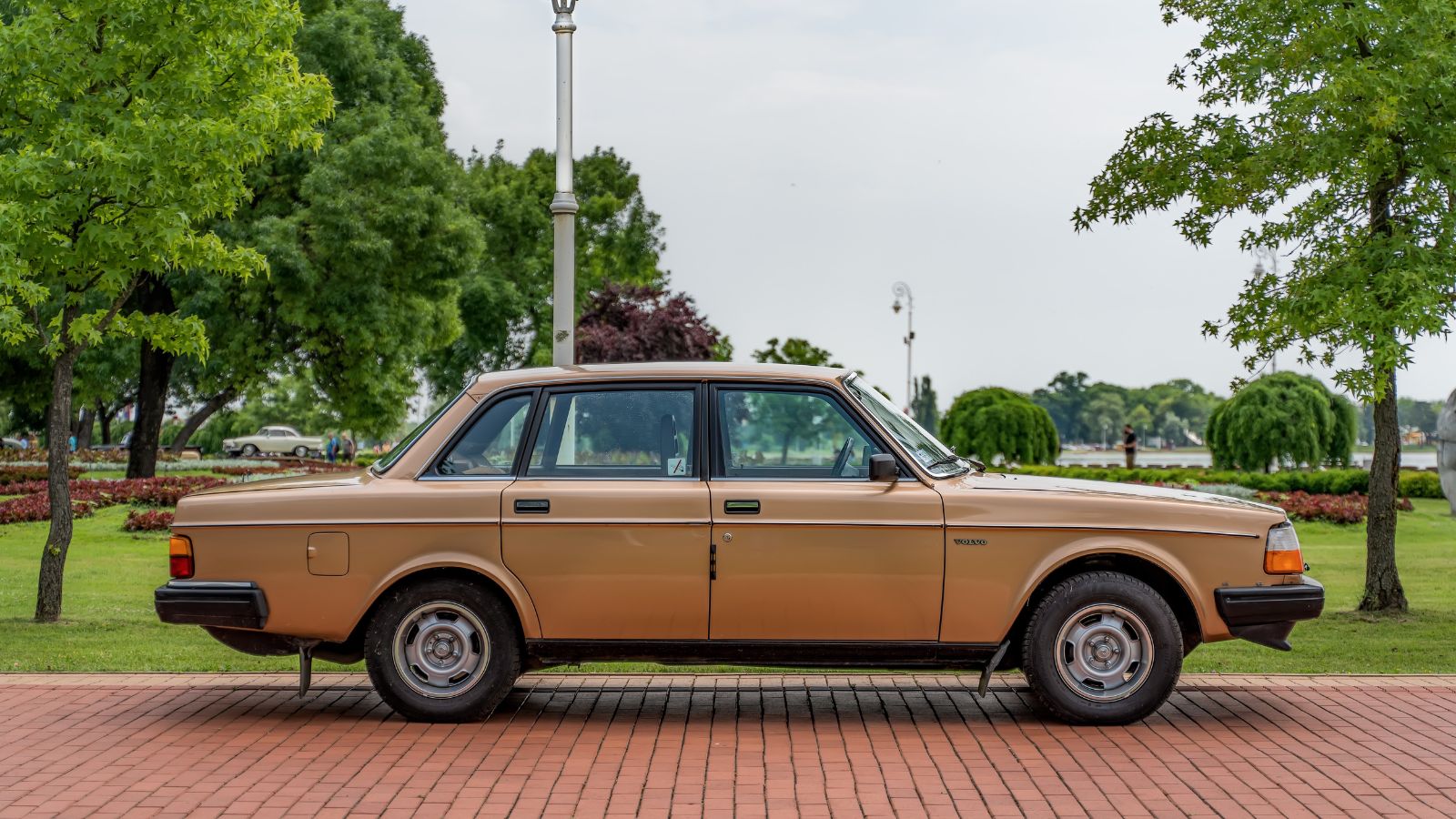
The Volvo 240 is a car that embodies the essence of durability. Its large, wraparound bumpers and expansive glass areas enhanced visibility and crash protection. The 240 was powered by a range of inline-four engines, including a fuel-injected 2.3-liter variant known for reliability. It was available in sedan and wagon forms, catering to family and practical needs. The rear-wheel-drive platform and long wheelbase provided a stable, comfortable ride, while the minimalist, functional interior focused on driver ergonomics. Its unpretentious charm and longevity have earned it a devoted following, with many examples still on the road today.
Merkur XR4Ti
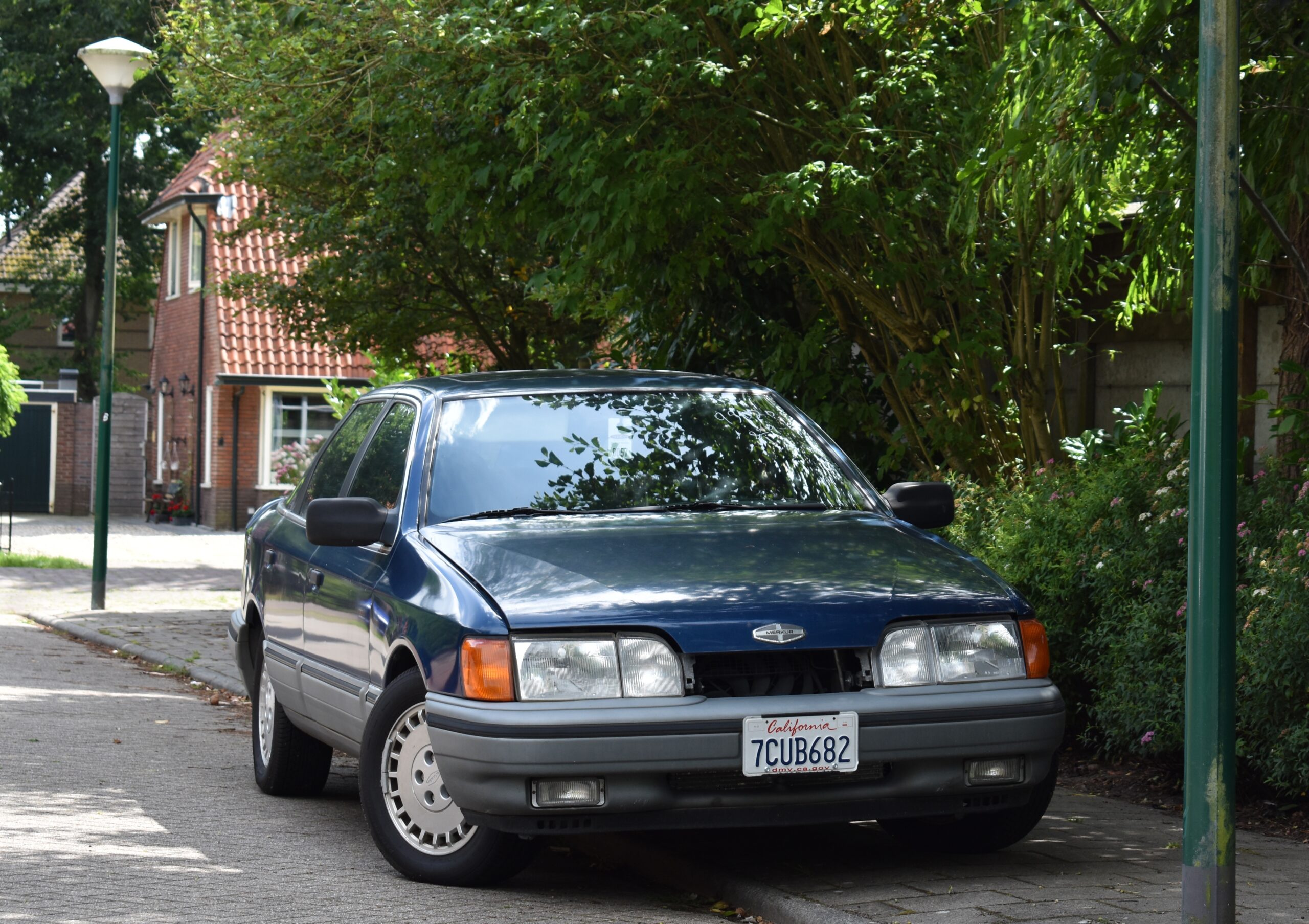
The Merkur XR4Ti was Ford’s attempt to bring a European flair to the American market. Based on the Ford Sierra, the car featured a sleek, aerodynamic design with a prominent front air dam, integrated rear spoiler, and wide, flared wheel arches. Its turbocharged 2.3-liter inline-four engine produced 145 horsepower, paired with a 5-speed manual transmission. The car’s suspension was sporty, with struts up front and a multilink rear, providing sharp handling. The XR4Ti’s unique styling, advanced engineering, and European performance credentials set it apart in the US market, though it remains a niche classic today due to limited production and unique design.
14 Cars with a Reputation for Running Forever and Why They Outperform the Rest
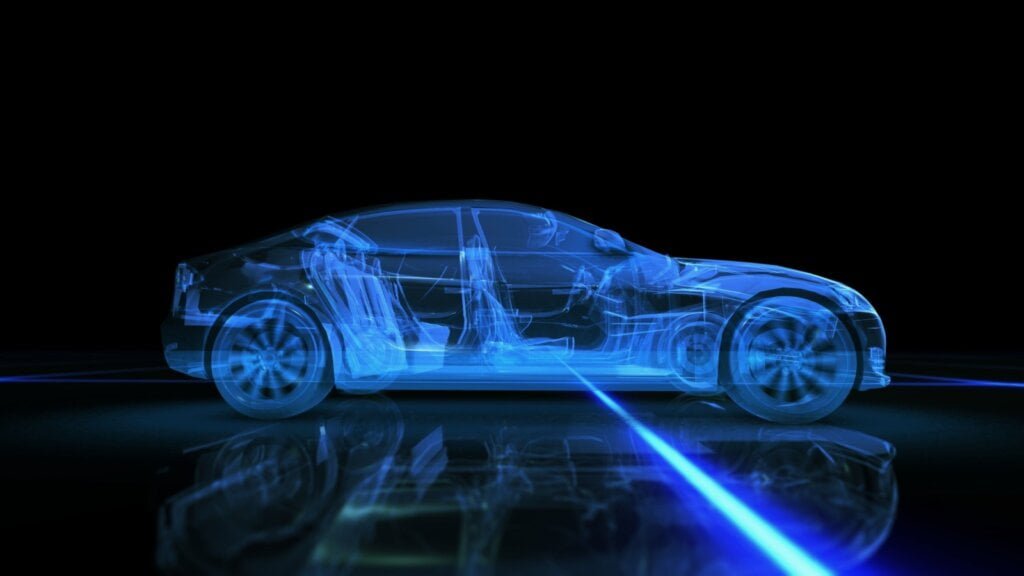
In the dynamic world of automobiles, some cars stand out for their remarkable longevity and enduring performance. These road warriors have earned a reputation for running seemingly forever, outpacing their counterparts. This article will explore 14 such vehicles and the reasons behind their legendary durability.
14 Cars With A Reputation For Running Forever And Why They Outperform The Rest
